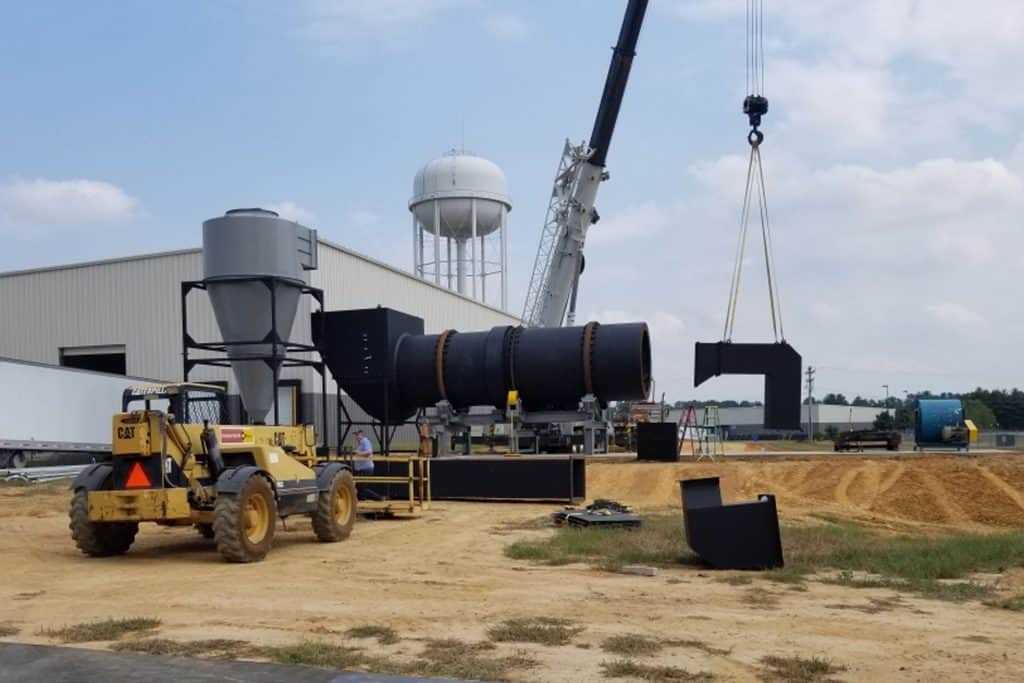Coal fired power plants produce a variety of residual waste products from the combustion of coal in boilers, furnaces and incinerators. Two primary types of ash are those residuals. Fly ash is a light end, small and air borne particle that flies away hence the name “fly ash”. It is typically collected in a scrubber or baghouse. Those particles that do not fly away are heavier and stick to the sides or bottom of the burn chamber, hence the name “bottom ash”.
Fly ash has long been used as a component of cement and drywall, and has a considerable amount of data and research materials available for review. Due to its small particle size and cooling in the air stream it is easier to handle, collect and use than bottom ash.
Bottom ash particles (also known as coal combustion residuals CCR) are naturally hot since they are in the bottom of a furnace. These large particles are typically cooled ground and collected and stored in a cooling and settling pond. A smaller percentage are landfilled. Due to public outcry following a disaster in 2008 at a TVA ash pond, the EPA changed regulations on storage in ash ponds as well as active and open landfills. For those needing to remediate this ash, a drying system allows moisture removal and creates a beneficial reuse of the dry ash. The EPA has information available on reuse in both encapsulated and unencapsulated forms: https://www.epa.gov/coalash/coal-ash-reuse as well as coal ash and CCR in general: https://www.epa.gov/coalash
As the EPA deadline approached in 2028, bottom ash or CCR stored in ponds must be remediated for reuse. A Vulcan Drying Systems ash dryer is a cost effective solution for moisture removal: https://vulcandryingsystems.com/fly-ash-dryers/ Contact us at Vulcan to design a dryer for your fly ash, bottom ash, CCR or other types of ash products.




